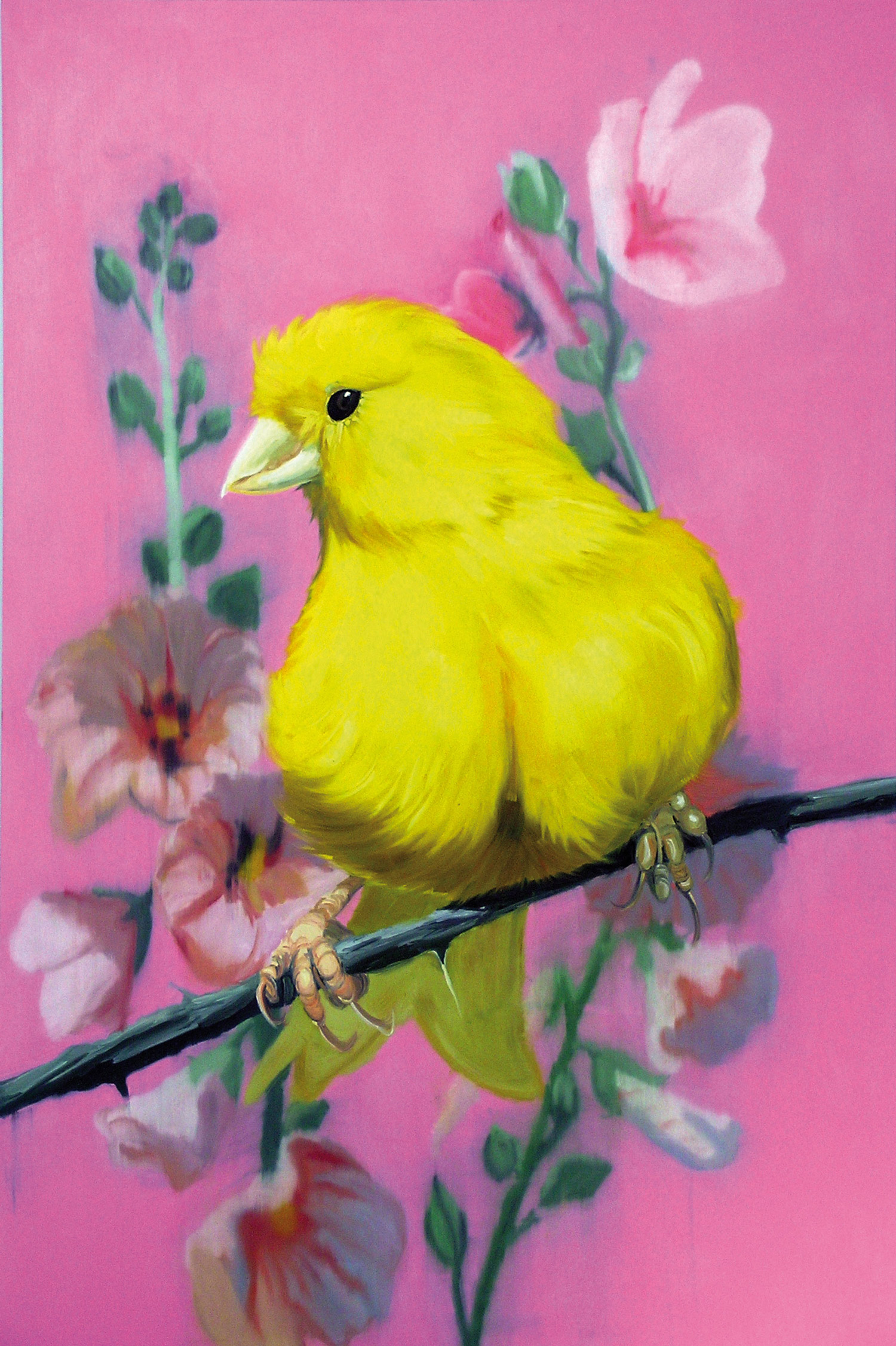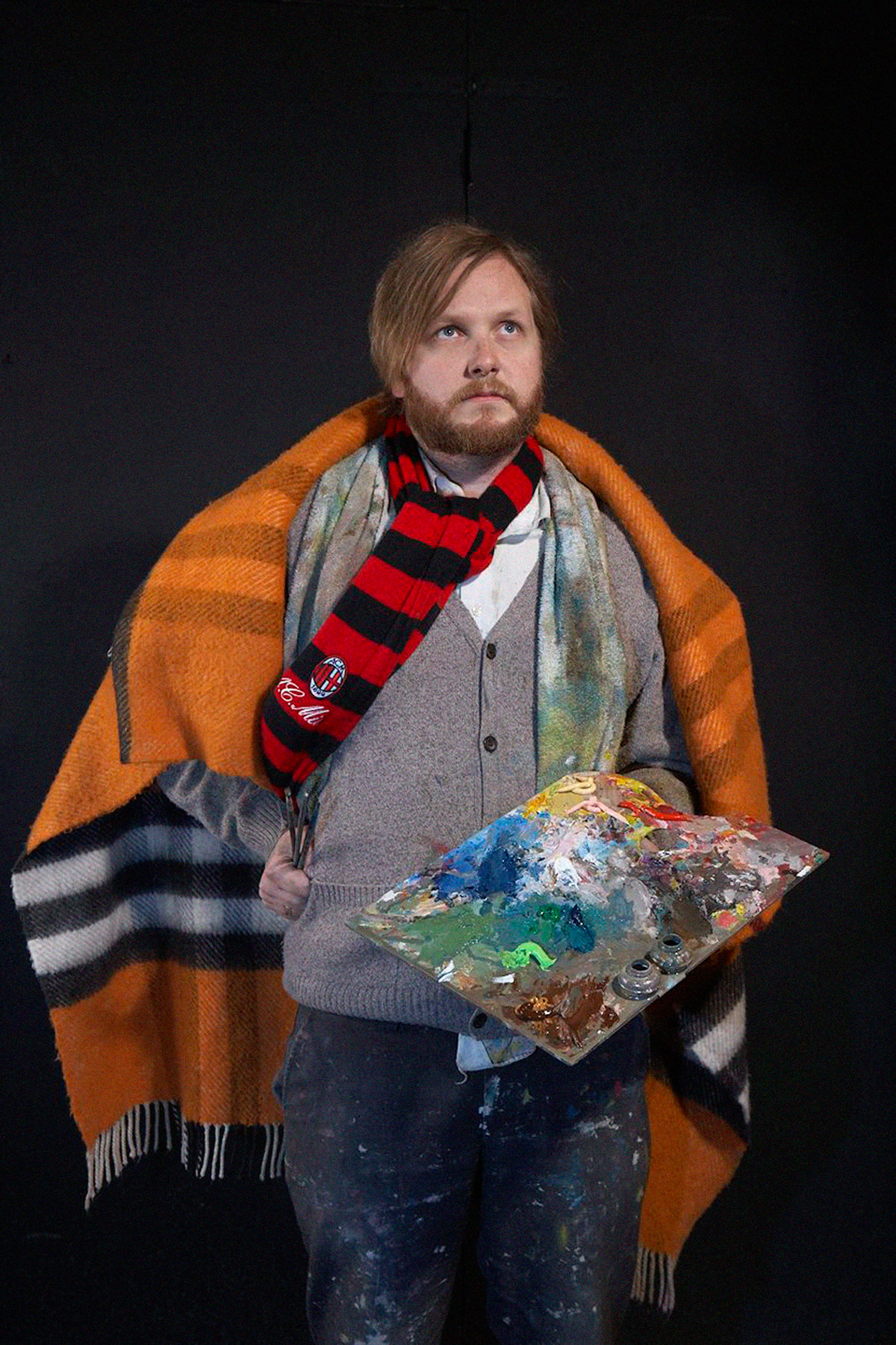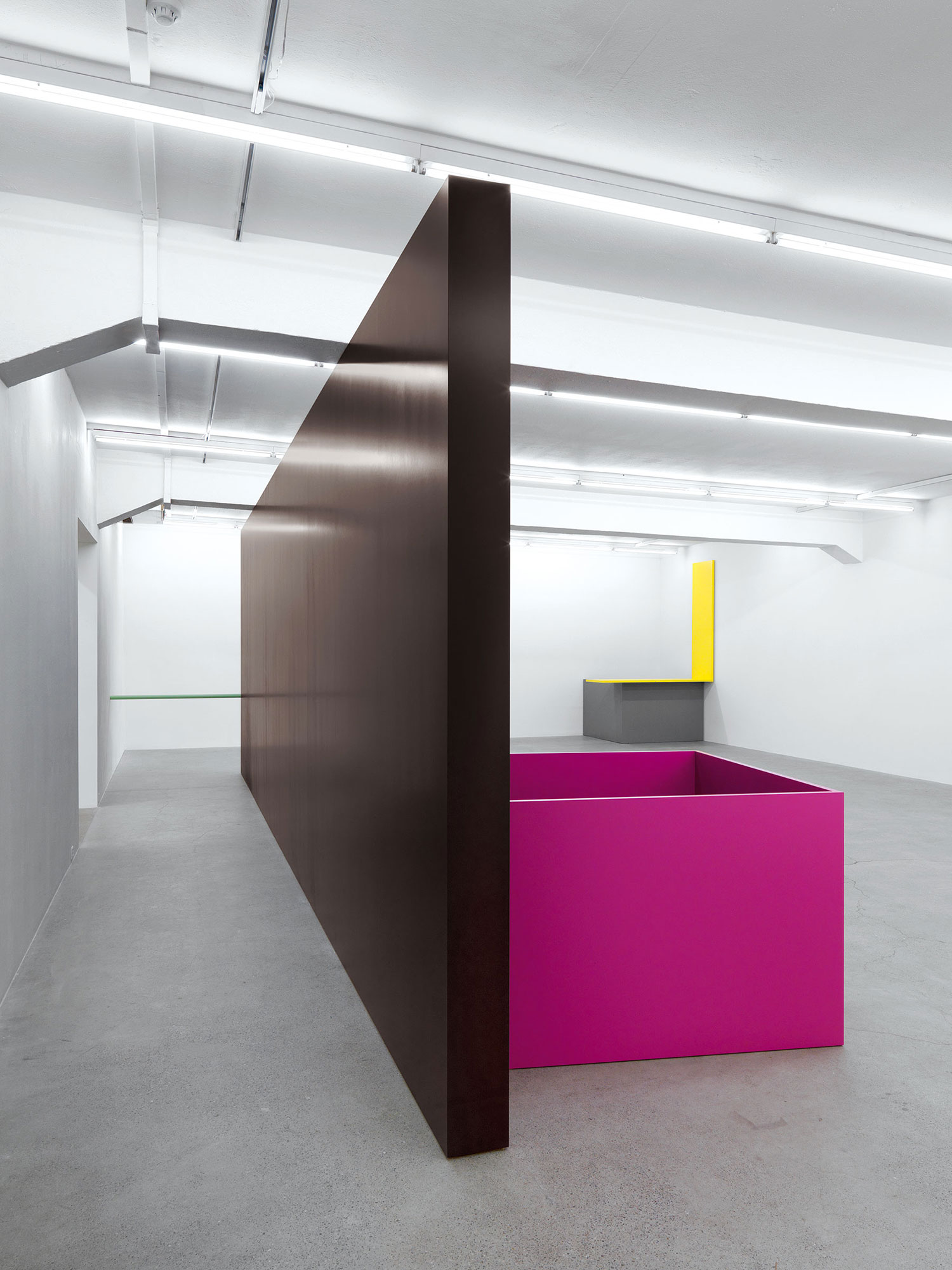
Gabrielle Giattino: David, I want to start off by talking about some of your earlier work from 2004-2005; pieces we called incidental. One was a piece where you secretly stalked a friend of yours — becoming obsessed by his detritus — and collected a good-sized archive of traces and information about him.
David Adamo: At the time when I made the Macgregor Card piece I was living in a closet, literally… my bed doubled as my studio. During the day I would prop up my mattress and underneath was a desk surface. I had basically four cubbyholes for storage: two for clothes, the other two for my collections. There wasn’t so much space to make objects, so I started to collect small things. Originally they were all over the closet. Things were under the mattress, in between book pages, in between the folded layers of clothes or wrapped up in my socks. It wasn’t until the final stages of the project that I took all the objects upstate to my father and we ‘archived’ everything together. The handwriting in the notes is his.
GG: There has been a consistent element in your work, this riser/stage support that has been central to your installations since…maybe the Athens Biennial in 2007? How did you come to that shape and how has it become part of your larger installations?
DA: In 2007 I moved to another compromised living situation in Bushwick. I lived in a tiny kind of half-room. It reminded me of a chicken coop because when I moved in, there was some kind of hay on the ground and all these little wooden cubbyholes. The space was not big enough to stand up in but if you were lying down it was quite cozy. This small room was within a massive performance venue called Starr Space. I worked basically as a janitor in exchange for rent. It was great because 90% of the time I had the whole space to myself. It was there that I taught myself how to waltz. I found myself constantly cleaning up after events held there, rearranging chairs and other furniture in the space for different functions. This was my initial inspiration for the latter installations. The stage unit that recurs in my installations is taken almost exactly from the stage units I moved around at Starr Space.
GG: So it was your ability to see the cleanup and arranging as a dance. Moving elements around this big open space became the performative part of creating installations. I think something that is quite miraculous in your practice is your ability to adapt and find inspiration in the most mundane places, and in some really difficult living situations. When you’ve had nothing to make work out of, you made work out of nothing — to a lot of success.
DA: After years of living in these compromised living situations, I built up a lot of frustration and tension, and I think this is clearly evident in my current sculptures. Surviving is not easy. Many of us out there were really struggling even at the peak of the economic art boom. Now there is an economic crisis and I’m doing better than ever. I guess it’s the ideal situation for a scavenger.





